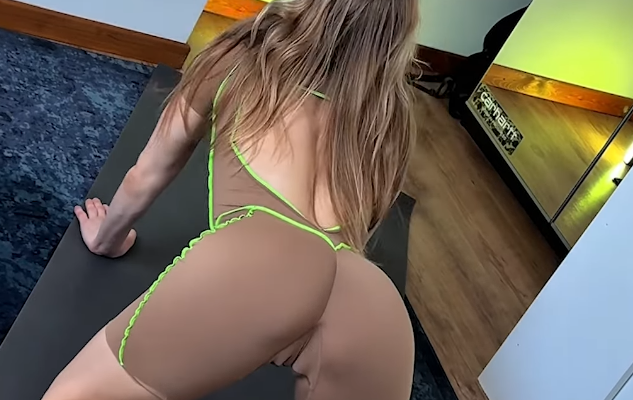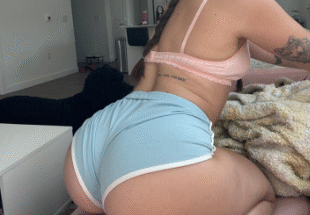Mobility is the foundation of movement. Whether you’re a seasoned athlete, a yoga enthusiast, or someone simply looking to move more freely in daily life, mobility plays a crucial role. One of the most important areas to target for improved mobility is the legs. Our legs carry us through our days, and tightness in the hips, hamstrings, calves, or quads can severely impact how we walk, run, squat, and even rest.
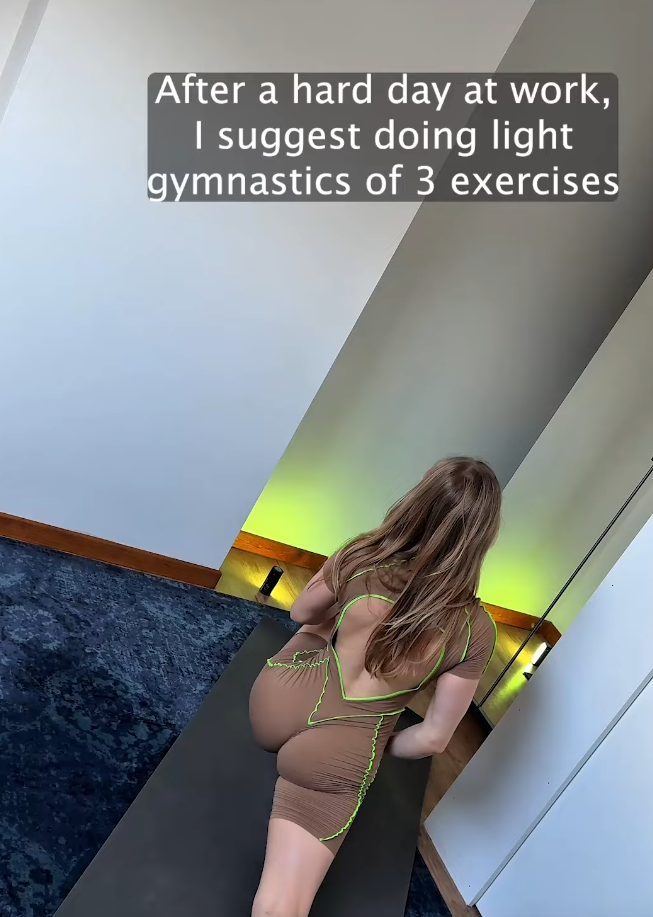
That’s where targeted leg stretches come in. By focusing on specific muscle groups in the legs, you can improve your range of motion, reduce pain, enhance athletic performance, and increase your overall flexibility. Let’s dive into some of the most effective leg stretches and how you can incorporate them into your fitness or yoga routine for optimal results.
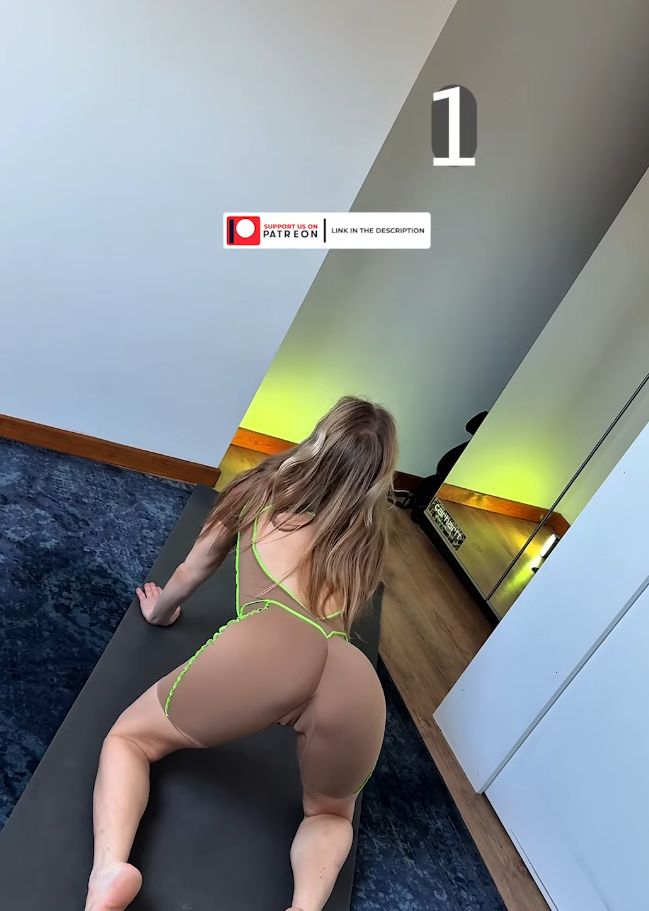
Why Targeted Stretching Matters
Targeted stretching is different from general stretching in that it zooms in on individual muscle groups. This is important because not all leg tightness is the same. Some people may feel tight in their hamstrings, while others struggle with stiff hip flexors or tight calves. By tailoring your stretches to these areas, you’re more likely to make meaningful progress.

Benefits of Targeted Leg Stretching:
- Increased flexibility
- Reduced muscle soreness
- Improved circulation
- Enhanced posture and alignment
- Better performance in sports and workouts
- Lower risk of injury
- Greater ease in everyday movements

Before You Stretch: Warm Up First
Never stretch cold muscles. Doing a light warm-up like a brisk walk, a few bodyweight squats, or gentle yoga poses will prepare your muscles and joints for deeper stretching. This helps prevent injuries and ensures you’re getting the most out of each stretch.
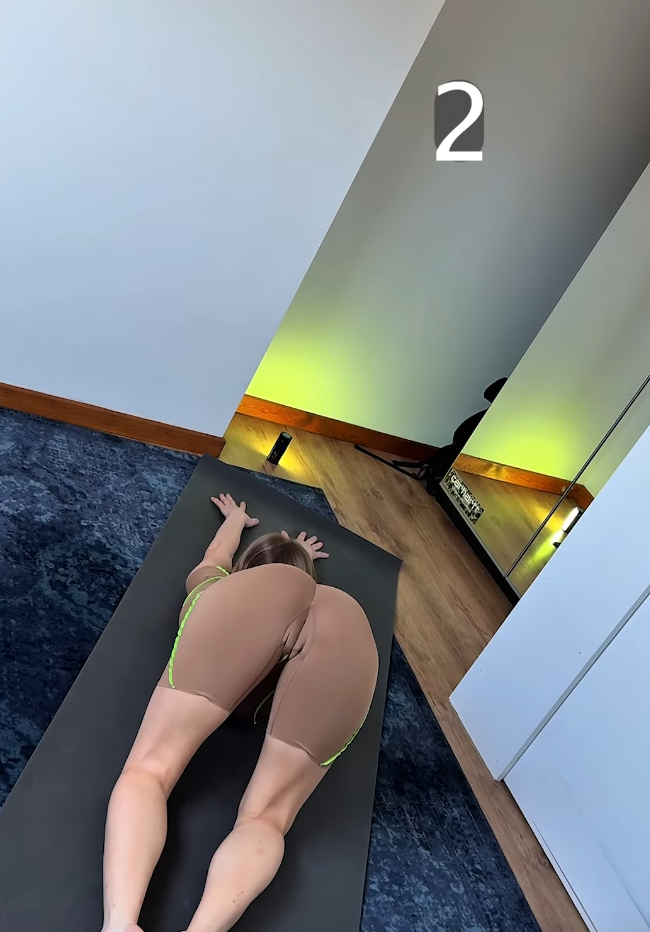
1. Hamstring Stretch (Standing or Seated)
Tight hamstrings are a common issue, especially for people who sit for long periods. Improving hamstring flexibility can make a big difference in your overall mobility.
How to Do It:
- Standing version: Stand tall and extend one foot in front of you, heel on the ground, toes pointing up. Hinge at the hips and lean forward slightly while keeping your back straight. Hold for 30 seconds per leg.
- Seated version: Sit on the floor with both legs extended. Reach for your toes while keeping your spine long. Avoid rounding your back.
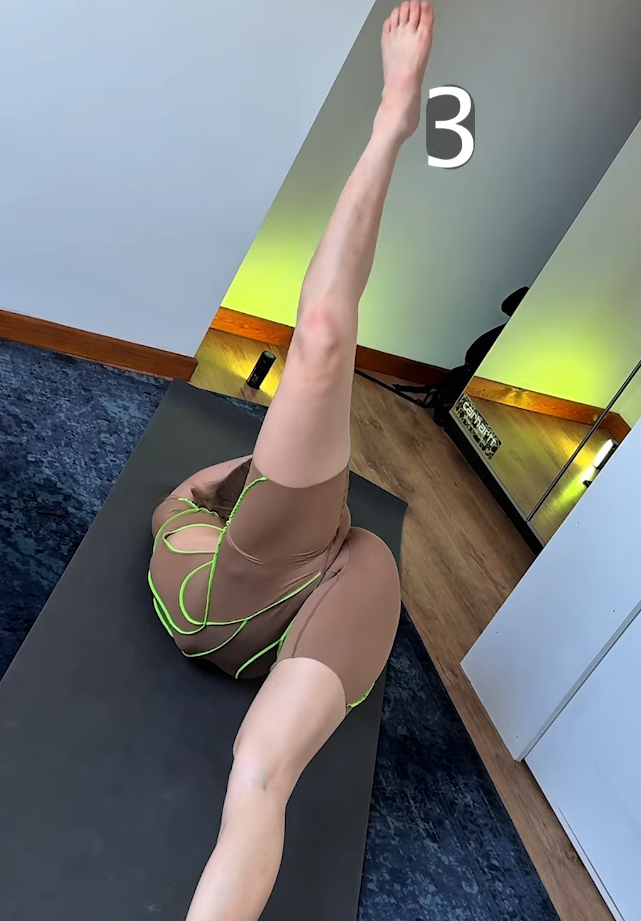
2. Quad Stretch (Standing or Lying Down)
The quadriceps are the large muscles in the front of your thighs. They often become tight from running, cycling, or sitting too much.
How to Do It:
- Standing version: Stand on one leg and pull the other foot toward your glutes. Hold your ankle and gently push your hips forward.
- Lying down version: Lie on one side and grab your top ankle, pulling it toward your glutes. Keep your knees aligned.
Tip: Use a wall or chair for balance during the standing version.
3. Hip Flexor Stretch (Lunge Pose)
Tight hip flexors can cause lower back pain and reduce your range of motion during activities like squatting or lunging.
How to Do It:
- Start in a lunge position with your right foot forward and left knee on the floor.
- Press your hips forward gently while keeping your chest lifted.
- Hold for 30–60 seconds, then switch sides.
Yoga equivalent: This is similar to Anjaneyasana (Low Lunge Pose) in yoga.
4. Calf Stretch (Wall or Downward Dog)
Calf muscles often get overlooked, but they play a vital role in walking, running, and jumping.
How to Do It:
- Wall version: Stand facing a wall with one foot behind the other. Press your back heel into the floor while leaning into the wall.
- Yoga version: In Downward Dog, focus on pressing your heels toward the ground while keeping your knees straight.
Tip: Try pulsing gently in and out of the stretch to ease tension.
5. Inner Thigh/Groin Stretch (Butterfly Pose or Wide-Leg Forward Fold)
The adductors (inner thigh muscles) contribute to stability and movement, especially in lateral motions.
How to Do It:
- Butterfly Pose: Sit with the soles of your feet together and knees falling open. Hold your feet and gently press your knees toward the floor.
- Wide-Leg Forward Fold: Stand or sit with legs wide apart and slowly fold forward, reaching toward the ground.
Tip: Keep your spine long and don’t force the stretch.
6. IT Band Stretch (Crossed-Leg Forward Fold or Lateral Stretch)
The iliotibial (IT) band runs down the outside of your thigh and can become tight from running or cycling.
How to Do It:
- Stand with your right leg crossed behind your left.
- Reach your right arm overhead and lean to the left.
- Hold for 30 seconds, then switch sides.
Yoga alternative: Try Parighasana (Gate Pose) to target the side body and IT band.
7. Glute Stretch (Figure Four or Pigeon Pose)
The glutes are essential for strong and stable movement, especially in the hips.
How to Do It:
- Figure Four: Lie on your back, cross your right ankle over your left thigh, and pull your left leg toward your chest.
- Pigeon Pose (Yoga): From a tabletop, bring one knee forward and lay the shin on the floor while extending the other leg back. Lean forward over your front leg.
Tip: Don’t worry about depth—just find the point where you feel a stretch and stay there.
When and How to Stretch
Timing:
- Post-workout: Stretching after exercise helps cool down the muscles and prevent stiffness.
- Morning or evening: Gentle stretching in the morning can wake up the body, while evening stretching helps release tension from the day.
Duration:
- Hold each stretch for 30–60 seconds.
- Repeat 1–2 times per side.
Frequency:
- Aim for at least 3–4 times a week, or daily if you’re working on improving flexibility.
Tips for Success
- Breathe deeply during each stretch. Exhale as you deepen the pose.
- Don’t bounce in your stretches—it can lead to injury.
- Stay consistent. Like any fitness practice, results come with regular effort.
- Modify as needed. Use props like blocks, straps, or cushions to support your body.
- Stay hydrated. Muscles stretch more easily when hydrated.
Incorporating Yoga for Mobility
Yoga offers a natural and holistic way to stretch and strengthen the legs. Poses like Warrior II, Triangle, Lizard, and Chair Pose build both flexibility and functional strength. Consider following a yoga flow once or twice a week that targets the lower body to support your mobility journey.
Final Thoughts
Improving mobility doesn’t have to be overwhelming. With just a few targeted leg stretches, you can create real change in how your body moves and feels. Whether you’re looking to enhance athletic performance, ease daily discomfort, or simply feel more agile, focused stretching is key.
Take your time, listen to your body, and enjoy the process. Mobility isn’t about perfection—it’s about progression.
Let me know if you’d like this article turned into a video script, social media post, or infographic!
